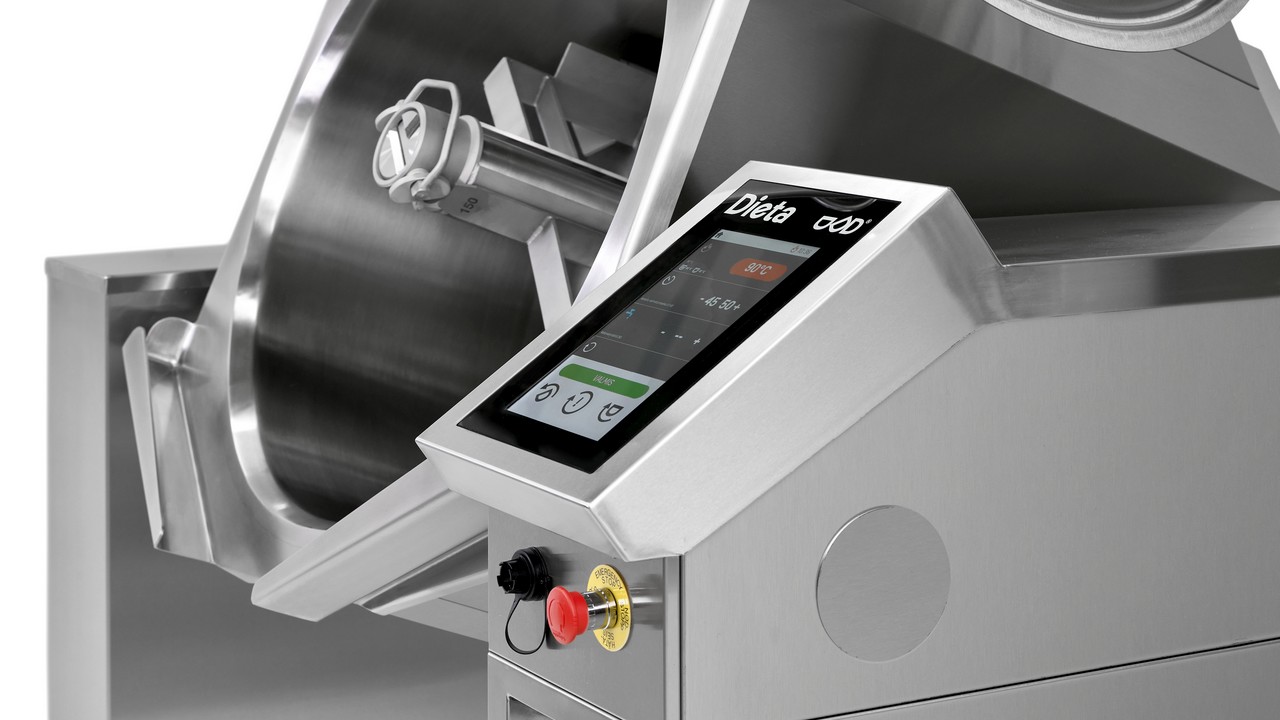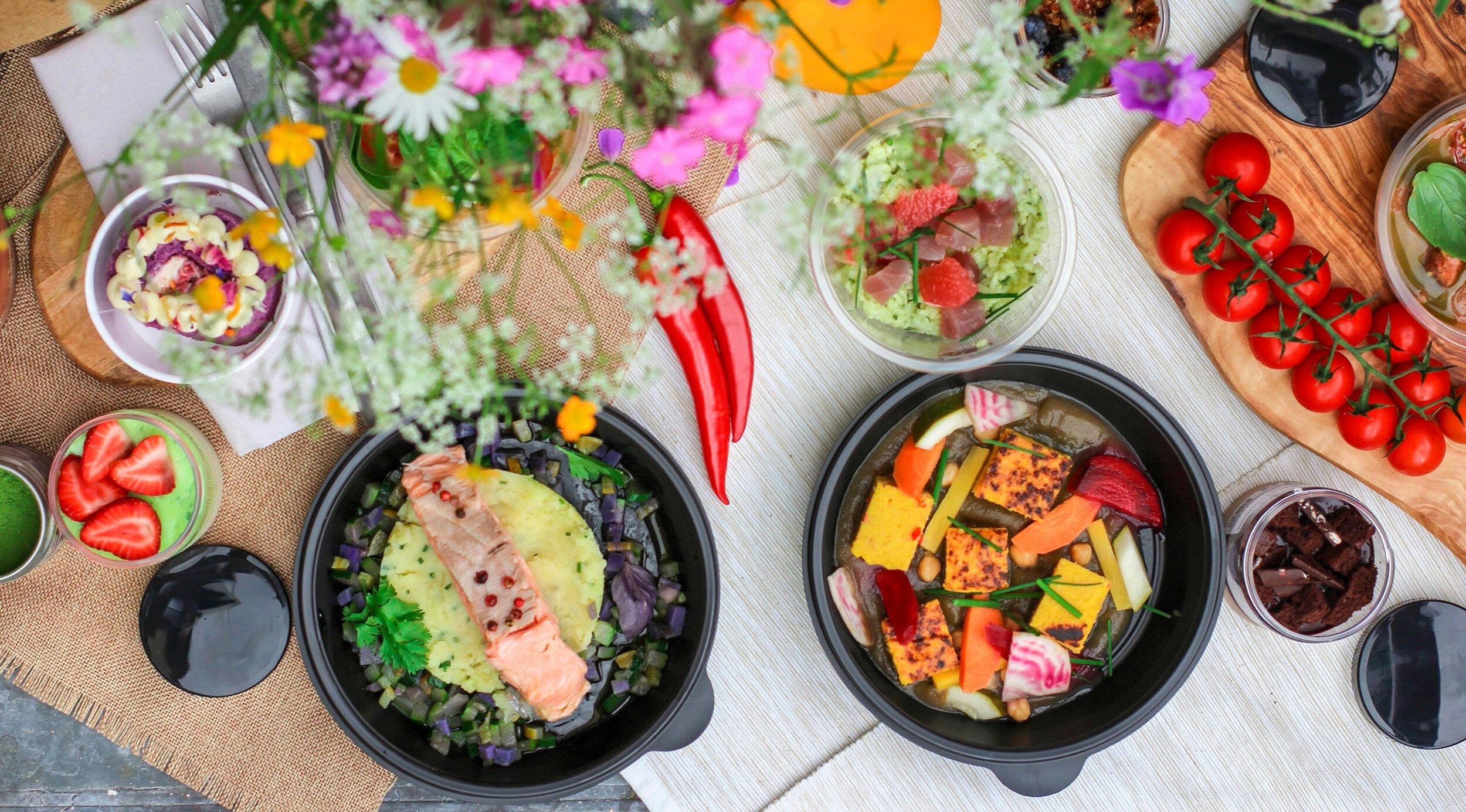In 2023, Finland celebrated the 75th anniversary of School Meals, a significant milestone propelled by forward-thinking policies and utilizing the latest innovations in effective food production. The evolution of school meals over the years has been remarkable: beginning with the goal of encouraging school attendance and creating a brighter future for youth. Today, it provides diverse food education while ensuring equal and equitable access to nutritious meals for all students.
The concept of public schools in Finland emerged at the end of the 19th century, driven by the belief that societal development needs the entire nation to be educated. Simultaneously, the visionary Augusta af Heurlin (1847 – 1918) introduced a groundbreaking idea: offering warm soup to public school children during the school day. This not only met students' nutritional needs but maybe even more crucially encouraged parents to send their children to school.
1940s
The impactful work initiated by Augusta af Heurlin came to fruition in 1943 with an amendment to the National Schools Act mandating free meals for all students within five years. Thus, 1948 marks the commencement of free school meals in Finland.
1950s and 1960s
Enter the decades of school meals, where the 1950s and parts of the 1960s featured a limited menu of soup, porridge, and vell, with milk and bread still brought from home. The 1960s witnessed the introduction of bread at schools, with subsequent decades embracing diverse dishes, including casseroles. Automation and modern kitchen equipment, such as multifunction ovens, played a crucial role in diversifying menus and improving efficiency.
1970s
The 1970s saw the introduction of solid food, accompanied by forks and knives, leading to a more varied menu that included ground liver steaks and chicken fillets. The transition to the comprehensive school education system in 1972–1977 extended the right to free meals to high school and vocational school students.
1980s
In the 1980s, with development work through customer surveys, international influences reached school meals, e.g, making pasta dishes popular.
1990s
The 1990s embraced different food cultures, responding to customer feedback by removing certain menu items. Automation in the form of multifunction ovens, mixing kettles, and other advanced technologies transformed school kitchens into efficient spaces. Theme days and weeks became a staple, offering further opportunities for menu diversity.
2000s and 2010s
Entering the 21st century, school meals became an integral part of the curriculum, with automation expanding the role of the school kitchen to include the sale of breakfast and snacks. Reducing soda and candy machines and transforming canteens into modern restaurants reflected the integration of automation in food service.
In the 2010s, school meals evolved into a significant aspect of teaching and education, focusing on sustainability and climate-conscious choices. In addition, the role of special diets has developed into a considerable part of the menu. Automation and modern kitchen tools facilitated the development of operations to adjust new recipes and adaptations for special diets.
2020s:
As we enter the 2020s, vegetarian options are offered daily, showcasing a commitment to responsible choices. Today, the National food and nutrition recommendations guide the menu choices in school meals.
Similarly, automation and modern kitchen equipment, including modern combi ovens and versatile mixer kettles, have turned "school kitchens" into production units that provide the school meals, intended to cover about a third of a schoolchild's daily energy needs, but often also distribute the similar meals to local kinder gardens or even to care center and retirement homes.
School food is a Finnish innovation that Finns can be proud of!
The purpose and goals of school meals will remain, but continuation requires adaptation. With an aging population and challenges to acquiring skilled staff, the future of free school meals relies heavily on the continued integration of automation and modern kitchen equipment. These advancements ensure that school meals remain a cornerstone of learning, well-being, and cultural appreciation.




